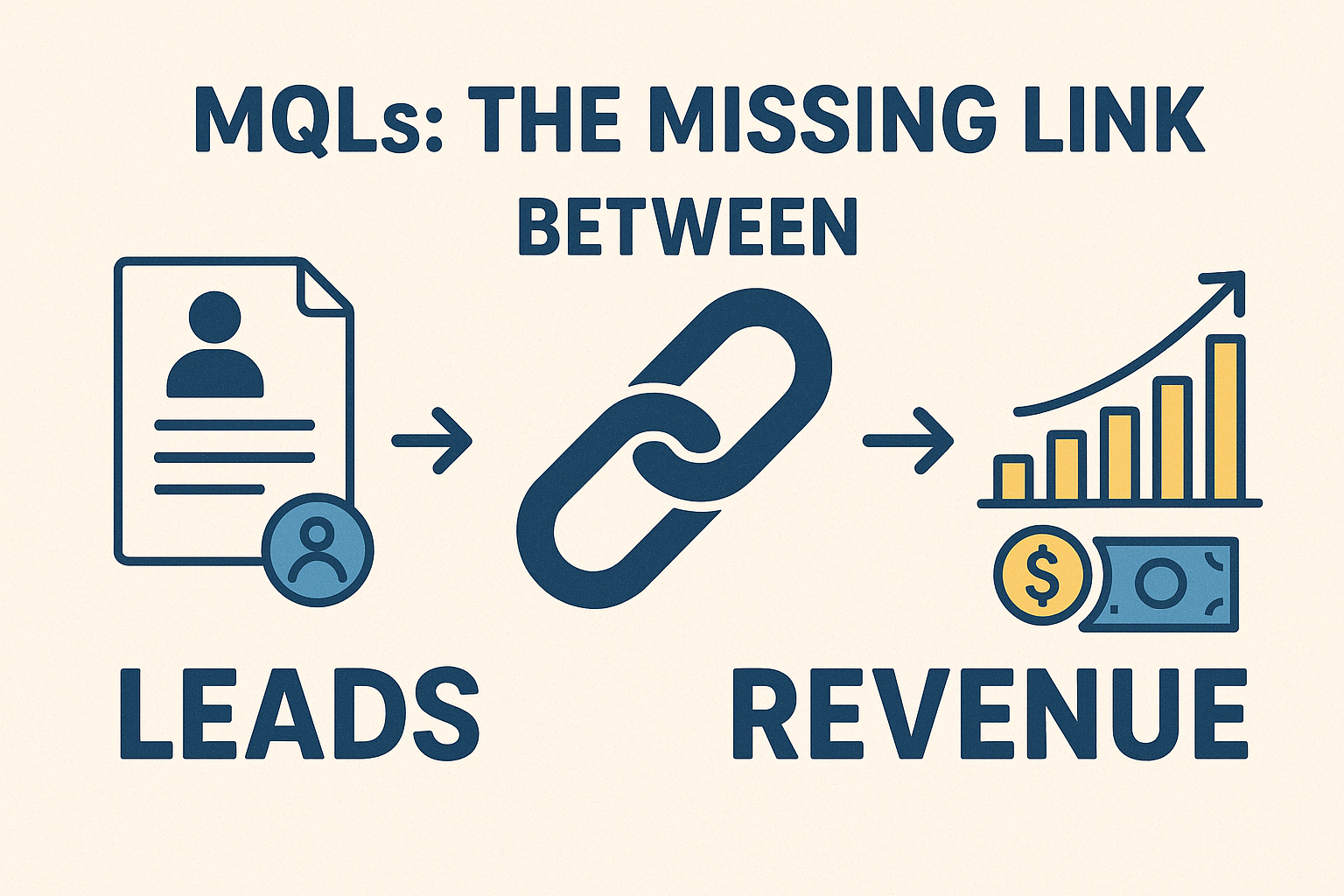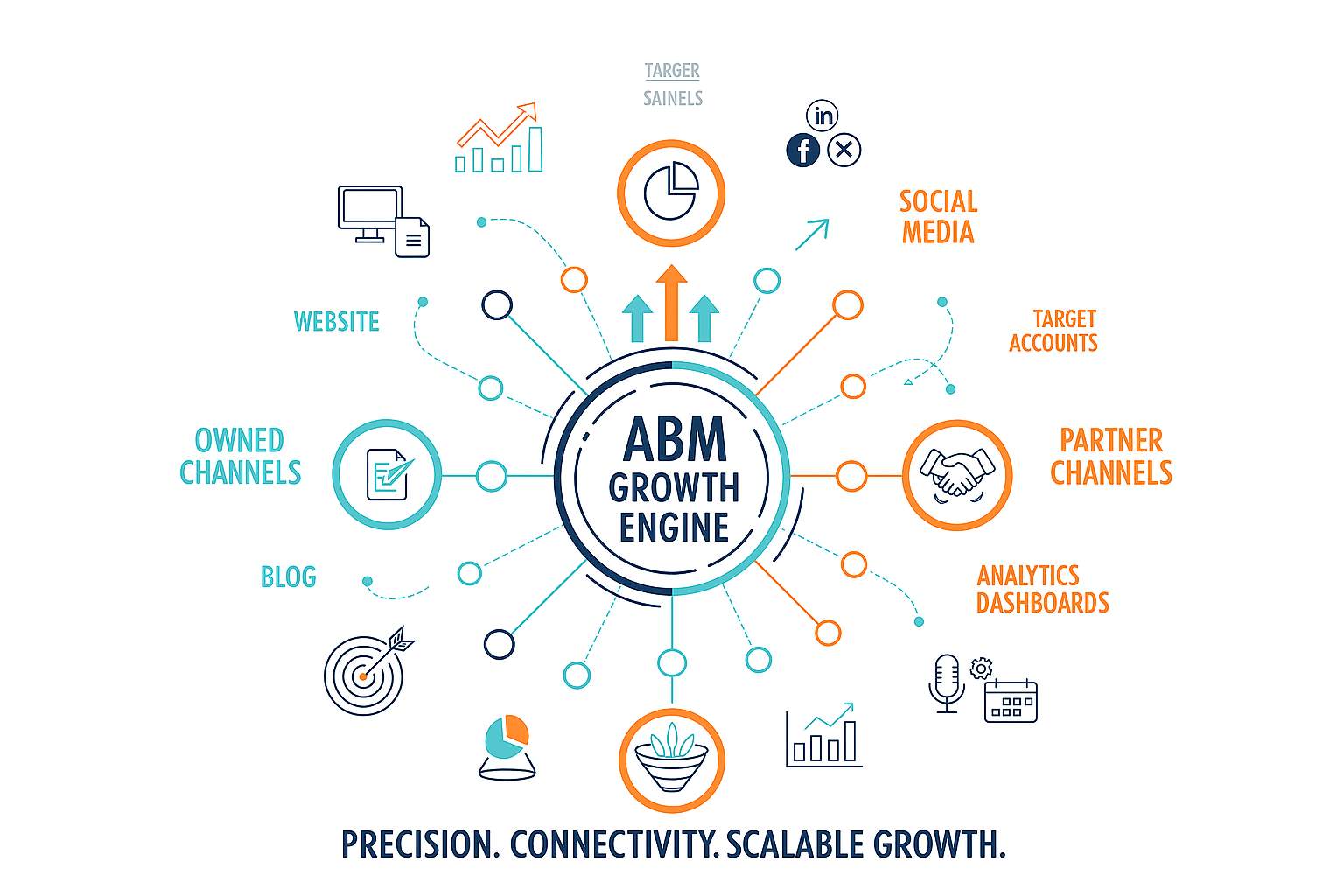“Data is the new gold,” they say, and businesses are finally figuring out how to mine it! Big data analytics is like having a treasure map for all that information, helping companies make smarter decisions and stay ahead of the curve.
Leveraging big data can lead to numerous benefits. Companies can improve their products and services, enhance customer experiences, and streamline operations.
For instance, analyzing customer data can help personalize marketing efforts, leading to higher engagement and sales. Similarly, operational data analysis can reveal inefficiencies, enabling businesses to optimize processes and reduce costs.
The purpose of this blog is to provide actionable tips on how to leverage big data analytics for business growth effectively. Whether you’re new to big data or looking to refine your existing strategies, these insights will help you discover the full potential of your data.
Table of Contents
Toggle1# Ways to Leverage Data
In today’s data-driven world, businesses have a vast array of tools and techniques to harness the power of data. The options are seemingly endless, from traditional data analysis methods to cutting-edge machine learning algorithms.
Here are some key ways businesses can leverage data to drive success:
- Data-driven Decision Making: Businesses can make more informed and strategic choices by basing decisions on data rather than intuition alone. Analyzing data allows companies to identify trends, spot opportunities, and mitigate risks, leading to better outcomes.
- Personalized Marketing: Understanding customer preferences and behaviours through data analysis enables businesses to tailor their marketing efforts accordingly. Companies can increase engagement and conversion rates by delivering personalised messages and offers, ultimately driving revenue growth.
- Operational Efficiency: Data analytics can uncover inefficiencies in business operations, allowing companies to streamline processes and optimize resource allocation. Whether it’s improving supply chain management or enhancing production workflows, data-driven insights can lead to cost savings and improved productivity.
- Predictive Analytics: By leveraging historical data and advanced analytics techniques, businesses can forecast future trends and outcomes with greater accuracy. Predictive analytics empowers companies to anticipate customer needs, forecast demand, and proactively address challenges before they arise.
- Customer Insights: Analyzing customer data provides valuable insights into consumer preferences, behaviors, and pain points. By better understanding their target audience, businesses can develop products and services that more effectively meet customer needs, fostering loyalty and satisfaction.
- Risk Management: Data analytics can help businesses identify and mitigate potential risks, whether they’re related to cybersecurity threats, market volatility, or regulatory compliance. By proactively managing risks, companies can safeguard their reputation and financial stability.
Integrating data analytics into business processes is crucial for maximizing its impact. By embedding data-driven decision-making into day-to-day operations, businesses can unlock new opportunities, drive innovation, and achieve sustainable growth.
2# Using Data to Build Business Strategy
Forget gut feelings—data is the new boss in town! Businesses are realizing that all that information they collect is a goldmine, and data analytics is the key to unlocking it. By crunching the numbers, companies can finally understand their customers, see what’s trending in the market, and even keep an eye on the competition.
Data-driven decision-making involves analyzing data from various sources, such as customer interactions, sales transactions, and market research, to identify patterns, trends and inform strategic planning.
Data can significantly influence business strategy in the retail industry. Retailers gather vast amounts of customer data through loyalty programs, online purchases, and in-store interactions. This data can help them identify purchase habits, preferences, and trends, enabling customization of product offerings, pricing strategies, and marketing campaigns.
Another example is supply chain management. By analyzing data on inventory levels, production schedules, and supplier performance, companies can optimize their supply chain operations to reduce costs, minimize disruptions, and improve efficiency.
For instance, data analytics can help identify opportunities for inventory optimization, route optimization, and demand forecasting, enabling companies to meet customer demand better while reducing excess inventory and transportation costs.
Overall, leveraging data to build business strategy is essential for companies looking to stay competitive in today’s fast-paced marketplace. By harnessing the power of data-driven insights, businesses can make more informed decisions, drive innovation, and achieve sustainable growth in an increasingly data-driven world.
3# Turning Data into Insights
Transforming raw data into actionable insights is vital for businesses looking to make informed decisions and drive growth.
Here’s a breakdown of how it’s done and why data analysis tools and techniques are essential:
Transforming Raw Data:
- Data Collection: Gather information from various sources like customer interactions, sales transactions, and operational metrics.
- Data Processing: Organize and clean the data to ensure accuracy and consistency using data management systems.
- Data Analysis: Employ analytics tools to uncover patterns, trends, and correlations within the data.
- Data Visualization: Present complex data visually through charts, graphs, and dashboards for easy interpretation.
- Interpretation: Translate insights into actionable strategies and recommendations, requiring critical thinking and domain expertise.
Importance of Data Analysis Tools:
- Efficiency: Tools like spreadsheets, statistical software, and machine learning algorithms streamline the analysis process, saving time and effort.
- Accuracy: Advanced tools ensure accurate results by effectively handling large datasets and complex calculations.
- Insight Discovery: Sophisticated techniques like predictive modeling and clustering uncover hidden insights that manual analysis might miss.
- Visualization: Data visualization tools make it easier to communicate findings to stakeholders, fostering better understanding and collaboration.
- Decision-Making: By providing valuable insights, these tools empower businesses to confidently make data-driven decisions, leading to better outcomes and competitive advantages.
Data analysis tools are critical for organizations to effectively and correctly extract relevant insights from their data, giving them a competitive advantage in today’s data-driven world.
4# Focus on Data Quality
Maintaining high-quality data is paramount for businesses aiming to derive accurate insights and make informed decisions. Here’s why data quality matters and some practical tips for ensuring it:
Importance of Data Quality:
- Reliability: High-quality data ensures that decisions are based on accurate information, reducing the risk of errors and miscalculations.
- Trustworthiness: Stakeholders are more likely to trust data-driven insights when they know the underlying data is reliable and consistent.
- Efficiency: Clean and accurate data streamlines processes, saving time and resources that would otherwise be spent on error correction and validation.
- Insight Generation: Reliable data serves as a solid foundation for analytics, enabling businesses to confidently extract meaningful insights.
- Compliance: In regulated industries, maintaining data quality is essential
- for compliance with laws and regulations regarding data privacy and security.
Tips for Ensuring Data Quality:
- Data Validation: Implement validation rules to ensure that data entered into systems meets predefined criteria for accuracy and completeness.
- Regular Audits: Conduct regular audits of data sources and databases to identify and rectify any discrepancies or inconsistencies.
- Standardization: Standardize data formats, terminology, and naming conventions to ensure consistency across systems and processes.
- Data Cleansing: Use data cleansing tools and techniques to identify and remove duplicate, outdated, or inaccurate records.
- Training and Education: Train employees on data entry best practices and the importance of data quality, fostering a culture of data stewardship throughout the organization.
6# Tailor Data to Your Audience
Customizing data presentations for different stakeholders is essential for ensuring that insights are relevant, understandable, and actionable. Here’s why it’s important and some examples of how to tailor data insights for various departments:
Importance of Customization:
- Relevance: Different stakeholders have varying interests and priorities. Tailoring data presentations ensures that insights are directly applicable to each audience’s goals and responsibilities.
- Clarity: Complex data can be overwhelming for non-technical stakeholders. Customizing presentations makes the information more digestible and accessible, increasing comprehension and engagement.
- Actionability: Tailored insights provide actionable recommendations that align with each department’s objectives, facilitating informed decision-making and driving positive outcomes.
- Alignment:
Customized data presentations foster alignment and collaboration across departments, ensuring everyone works towards common goals based on shared insights.
Examples of Tailored Data Insights:
- Executive Dashboard: For executives, focus on high-level KPIs and strategic insights that provide a comprehensive overview of business performance. Use visualizations like dashboards and executive summaries to highlight key trends and areas for strategic focus.
- Marketing Reports: Tailor data presentations for marketing teams by emphasizing campaign performance, customer acquisition, and ROI metrics. To inform marketing strategy and optimisation efforts, provide detailed analyses of audience demographics, engagement metrics, and conversion rates.
- Sales Analysis: For sales teams, focus on metrics related to pipeline health, conversion rates, and sales performance. Provide insights into customer behavior, sales trends, and opportunities for upselling or cross-selling to support sales strategies and forecasting.
Customizing data presentations ensures that insights are relevant, understandable, and actionable for different stakeholders. By tailoring insights to the specific needs and priorities of executives, marketing teams, sales teams, and other departments, businesses can maximize the impact of their data-driven decision-making efforts and drive organizational success.
7# Maintain Data Workflows
Establishing and maintaining efficient data workflows is crucial for ensuring that businesses can effectively harness the power of data to drive decision-making and achieve strategic objectives. Here’s why it’s important and some tips on how to automate data workflows:
Importance of Efficient Data Workflows:
- Data Consistency: Streamlined workflows help maintain consistency and accuracy across data sources, ensuring that insights are reliable and trustworthy.
- Time and Cost Savings: Efficient workflows reduce manual effort and streamline processes, saving time and resources associated with data collection, processing, and analysis.
- Operational Efficiency: Automated workflows enable faster data delivery and analysis, empowering teams to make informed decisions promptly and respond quickly to changing market conditions.
- Scalability: Well-defined data workflows can easily scale as business needs evolve, accommodating growing data volumes and complexity without sacrificing performance or accuracy.
- Compliance and Security: Standardized workflows ensure compliance with data regulations and enhance data security by implementing standardized data handling and access control protocols.
Tips for Automating Data Workflows:
- Identify Data Sources: Begin by identifying all relevant data sources, including internal databases, third-party applications, and external data providers.
- Implement Data Integration: Use data integration tools to seamlessly connect and consolidate data from disparate sources into a centralized repository.
- Automate Data Processing: Leverage automation tools and algorithms to automate data cleansing, transformation, and enrichment processes, minimizing manual errors and improving data quality.
- Utilize Workflow Automation Platforms: Implement workflow automation platforms to orchestrate and streamline end-to-end data workflows, from data ingestion to visualization and reporting.
- Monitor and Iterate: Continuously monitor data workflows for performance and efficiency, and iterate as needed to optimize processes and adapt to changing business requirements.
By establishing and maintaining efficient data workflows and leveraging automation technologies, businesses can unlock the full potential of their data assets, drive operational excellence, and gain a competitive edge in today’s data-driven business landscape.
8# Leveraging Internal Data Sources
Internal data sources, including sales records, customer feedback, and operational data, hold immense value for businesses seeking to gain actionable insights and maintain a competitive edge.
Here’s why internal data is invaluable and how it can provide a competitive advantage:
Value of Internal Data Sources:
- Rich Insights: Internal data unveils customer behavior, preferences, and product interactions, offering valuable market insights and trend analysis.
- Historical Trends: Sales records and operations data unveil past patterns, effectively guiding strategic decisions and future forecasts.
- Customer Feedback: Direct insights from interactions and surveys illuminate satisfaction levels and improvement areas, refining products and services.
- Operational Efficiency: Production metrics and supply chain data streamline processes, cut costs, and enhance overall efficiency company-wide.
- Predictive Analytics: Analyzing historical patterns enables proactive trend forecasting and anticipating customer needs for strategic planning and problem-solving.
Competitive Edge with Internal Data:
- Personalized Customer Experiences: Internal data enables tailored marketing messages, product recommendations, and customized experiences, fostering loyalty and repeat business.
- Informed Decision-Making: Comprehensive internal data empowers quick, confident decisions, optimizing resource allocation and strategic planning.
- Agile Adaptation: Real-time insights into market dynamics enable quick adaptation to trends, competitors, and conditions, ensuring competitiveness.
- Operational Excellence: Internal data optimization enhances efficiency, reduces waste, and boosts productivity for sustained growth and success.
By harnessing the power of internal data sources and effectively leveraging actionable insights, businesses can unlock new opportunities, drive innovation, and gain a significant competitive advantage in their respective industries.
9# Leveraging External Data Sources
Incorporating external data sources, such as market trends, competitor analysis, and social media insights, offers businesses numerous benefits and enhances their decision-making processes.
Here’s why external data is valuable and how it can complement internal data:
Benefits of External Data Sources:
- Market Trends Analysis: External data unveils market trends, consumer behavior, and industry developments, guiding businesses to seize emerging opportunities and adjust strategies.
- Competitor Analysis: Analyzing competitors’ activities, pricing, and feedback reveals the competitive landscape, enabling differentiation and strategic advantage.
- Social Media Insights: Monitoring social platforms gauges sentiment, tracks mention, and identifies trends for informed marketing and reputation management.
- Industry Benchmarks: External sources offer performance metrics, aiding performance evaluation, improvement identification, and goal setting relative to industry standards.
- Global Insights: Diverse data provides global market dynamics, cultural preferences, and regulatory trends, aiding expansion and risk mitigation strategies.
Complementing Internal Data:
- Enhanced Market Understanding: External data validates internal insights, offering a comprehensive understanding of market dynamics and customer needs.
- Holistic Decision-Making: Integrating external data aids informed decisions, considering external factors impacting operations, products, or services.
- Identifying Growth Opportunities: External sources unveil untapped segments, trends, and preferences, uncovering new growth opportunities and revenue streams.
By leveraging external data sources alongside internal data, businesses can gain a more holistic view of their market environment, make smarter decisions, and drive sustainable growth in today’s competitive landscape.
10# The Challenges of Leveraging Data
Leveraging data can significantly benefit businesses, but it also comes with its fair share of challenges. Understanding and addressing these challenges is crucial for maximizing the value of data-driven initiatives.
Here are some common hurdles businesses face when leveraging data, along with solutions to overcome them:
Common Challenges:
- Data Privacy Concerns: Businesses must comply with complex data privacy regulations to protect sensitive customer information and maintain trust.
- Data Quality Issues: Inaccurate, incomplete, or outdated data can lead to flawed insights and decision-making, affecting data-driven initiatives’ effectiveness.
- Integration Complexity: Integrating data from various sources, systems, and formats poses technical challenges and requires robust integration strategies and technologies.
- Skill Gaps: Shortages of skilled data professionals, such as data scientists and analysts, hinder businesses’ ability to extract actionable insights effectively.
- Cost Considerations: Investing in data infrastructure, analytics tools, and talent can be costly, especially for small and medium-sized enterprises.
Solutions and Best Practices:
- Data Governance Framework:
Establish a data governance framework with policies, procedures, and controls to manage and protect data throughout its lifecycle.
- Data Quality Management: Prioritize data quality initiatives, such as data cleansing, validation, and enrichment, to ensure data accuracy, completeness, and reliability.
- Robust Integration Solutions:
Invest in data integration tools that streamline processes, automate workflows, and ensure seamless connectivity across systems.
- Training and Upskilling: Offer continuous training and upskilling to equip employees with the skills to analyze and interpret data effectively.
- Cost-Effective Solutions: Use affordable data solutions like cloud-based analytics and open-source tools to cut initial costs and adapt initiatives.
By proactively addressing these challenges and implementing best practices, businesses can overcome barriers to leveraging data and unlock their full potential to drive innovation, growth, and competitive advantage.
Conclusion
Utilizing big data analytics is critical to corporate success. Start implementing the suggestions and tactics offered here to boost your data analytics efforts and open up new avenues for success.
Need help with data management to boost your leads? Pangea Global Services is here for you. Contact us today!






